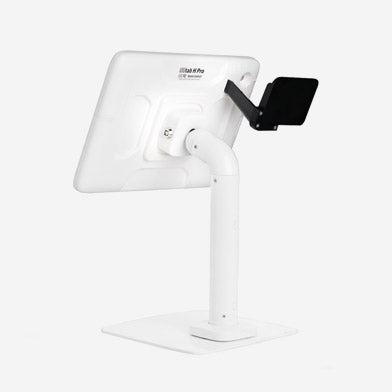


This is when stations check for access points (APs) that support the current ESSID. So if you use a laptop to measure overlap, iPhones and iPads will have different cell boundaries than you expect. Antennas on a laptop computer are much larger and more powerful than antennas on a smartphone or tablet. If the BSSID's RSSI is greater than -65 dBm, the device prefers a 5 GHz network.īe sure to use the target device to measure cell overlap. This is because the device uses -70 dBm as the trigger. In this case, the device keeps its connection to the BSSID longer than you expect. For example, you might design 5 GHz cells that have a -67 dBm overlap. Keep this in mind when you design wireless cells and calculate their signal overlap. Then, the device scans for roam candidate BSSIDs for the new Extended Service Set Identifier (ESSID). IPhone, iPad, and iPod touch monitor and maintain the Basic Service Set Identifier (BSSID)’s connection until the Received Signal Strength Indicator (RSSI) exceeds -70 dBm.

This is the minimum signal level a client needs to maintain a connection.


 0 kommentar(er)
0 kommentar(er)
